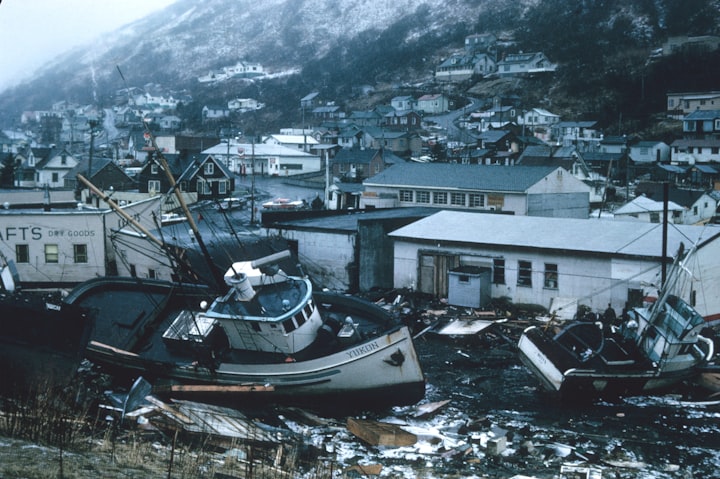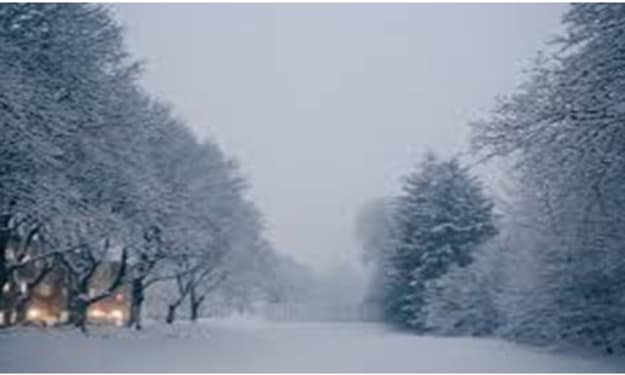In line with the mission of the organizations, the All Japan Relief and Recovery Fund will be used to fund local Japanese organizations responding to the disaster. All contributions to the Fund will be used to help the Japanese people by supporting local Japanese organizations that care for victims of tsunami and earthquakes. This will allow the organization to continue and expand its emergency services in the Miyagi region, focusing on people with disabilities and elderly people affected by tsunamis and subsequent nuclear damage.
Within 48 hours of the 2011 earthquake and tsunami, World Vision sent its own disaster relief team to the affected areas of the Miyagi and Iwate districts. Although Japan has long been a world leader in disaster preparedness, the 2011 Tohoku earthquake caused extensive damage and needs to be addressed worldwide. Japan has a rich history and experience in dealing with earthquakes and tsunamis, making it one of the most prepared countries for earthquakes.
Japan has a long history of disasters and catastrophes, extending into three catastrophic catastrophes (3-11). As a developing country, Japan's territory and its long history of responding to earthquakes and tsunamis (especially earthquakes and tsunamis in Greater Eastern Japan) reveal the limitations of existing early warning systems and emergency response interventions to low frequency, consecutive events.
A magnitude 9.0 earthquake has caused a massive tsunami that has devastated more than 200 square miles [200 sq km] of coastal land. Many tsunami waves swept across 561 square miles (561 sq km) in Japan. Waves were flooded and devastated tsunami dams were protected in several places.
On March 11, 2011, a devastating 9.0 magnitude tsunami struck Japan's northern Pacific coast, destroying many coastal communities in the Iwate, Miyagi, and Fukushima prefectures. A magnitude 9.1-magnitude tsunami hit the northeast coast of Honshu in Japan's Rift within 30 minutes, conquered dams, and paralyzed three nuclear weapons for several days. A total of 561 km2 of land on the northern coast of Japan (Japan Geospatial Information Authority of Japan www. signup), affected between 602 and 200 residents and killed 35% (Japan Statistical Office www.statgo.jp / info/shinai/index .htm).
On March 11, 2011, the Tohoku earthquake and tsunami struck northern Japan. It was the second major earthquake known to hit Japan, creating a tsunami that reached a maximum of 430 feet [133 m] and covered four miles [6 km].
On March 11, 2011, an earthquake shook the region of northeastern Japan and triggered a massive tsunami. The largest earthquake ever recorded in Japan and on earth caused a tsunami that killed more than 20,000 people, destroyed communities about 300 miles [500 km] offshore, and melted the Fukushima Daiichi nuclear power plant. On March 11, 2011, a magnitude 9.0 earthquake shook the northeast coast of Japan - Japan's tallest earthquake - and a 30-foot-long [30 m] tsunami, which struck the coast 5 miles [5 km] off the coast.
On March 11, 2011, an earthquake in the Iwate region triggered a massive tsunami that killed at least 40 waves. The 2011 Tohoku earthquake and tsunami, also known as the Great East Japan earthquake and the 2011 tsunami, killed more than 18,000 people, including a few thousand who could not recover at all. It was the largest ever recorded in Japan and was the largest in the world since 1900.
A magnitude 9.0 earthquake off the northeast coast of Japan has been the strongest in history and has damaged several nuclear power plants, resulting in high levels of pollution and radiation. On April 3, 2011, the Japanese National Police Agency reported that 45,700 buildings had been damaged by the quake and tsunami and 143,300 were damaged. Investigators have determined that 2,000 miles [2,000 km] along the country's Pacific coast was affected by the tsunami.
Nine years ago today, earthquakes in the Great East Japan and Tsunami struck the eastern coast of Japan's Tohoku region and struck Japan's Iwate, Miyagi, and Fukushima prefectures. Japan earthquake and 2011 tsunami A massive tsunami triggered by massive earthquakes in the province of Natori and Miyagi northeast of Honshu. Japan on March 11, 2011. The March 2011 earthquake, also known as the Great Sendai Earthquake or Great Toho Earthquake, was the worst natural disaster in northeastern Japan that day.
The 2011 earthquake and tsunami in Japan began with a powerful earthquake off the northeast coast of Honshu, Japan's largest island, wreaking havoc on the world and creating a series of tsunami waves that devastated many coastal areas around the country, especially in the Tohoku region. in northeastern Japan. Less than an hour after the quake struck the first tsunami waves off the coast of Japan.
Earlier earthquakes caused tsunamis in the region, including catastrophic events in 1611, 1896, and 1933. Two tsunamis were heard in 2004 in the Indian Ocean around the world after the earthquake and tsunami in that area not only in Indonesia but also in India, Sri Lanka, and Thailand.
The 9.0-magnitude earthquake, which wreaked havoc on the country's east coast, was so powerful that it shook the main island of Japan by 2.4 meters and moved about 10 to 25 inches [10 to 25 cm] around its axis. A tsunami caused by an earthquake hit the coast of Japan the next morning. Japanese scientists had predicted a small earthquake in the northern region of Honshu.
After being hit by a two-foot-high [2 m] wave of Chile, the wave was reported to be moving along the Pacific coast of Mexico and South America and created 30 to 60 major waves to Japan 47 to 48 hours after the earthquake, according to several surveys. , including Onahama, Owase, and Kushimoto.






Comments
There are no comments for this story
Be the first to respond and start the conversation.